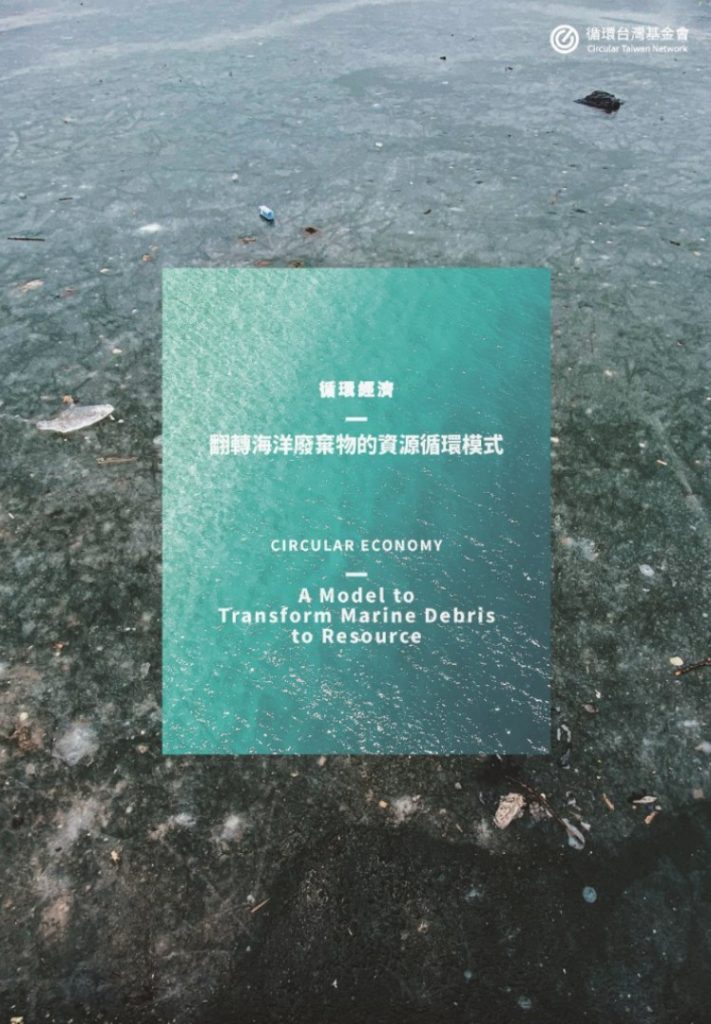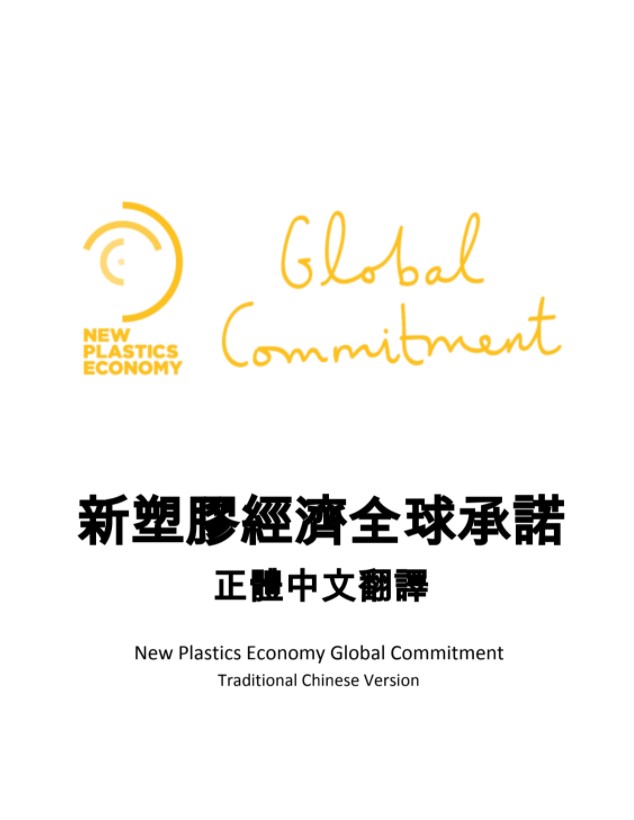Global plastic production has exceeded 430 million tonnes annually.
Since the post-World War II boom, the plastics industry has rapidly developed a wide range of materials with diverse properties and functions. From early substitutes for ivory like celluloid to synthetic fibers used in textiles and various forms of packaging, plastics have become ubiquitous in our daily lives. Today, global plastic production exceeds 430 million tonnes per year.
reference:UNEP / Everything you need to know about plastic pollution
Plastics offer a variety of benefits—from keeping food fresh to making vehicles lighter and more fuel-efficient. However, most plastics are made from fossil fuels and generate significant carbon emissions during production. Over half of all plastic products are used only once before being discarded, creating a major global waste crisis.
“If we do nothing, by 2050 there will be more plastic in the ocean than fish.”
More than 9 million tonnes of plastic enter the oceans each year. Whether from fishing gear, single-use packaging, or microplastics, this pollution severely harms marine ecosystems. Because plastics degrade very slowly, ocean plastic waste accumulates over time. At least 700 marine species are known to be impacted. Without decisive action, the total mass of plastic in the ocean could surpass that of fish by 2050.
Only 14% of plastic packaging is recycled annually—resulting in $80–120 billion in losses.
Plastic pollution isn’t just an environmental issue; it represents a significant waste of resources. Plastic packaging, the largest sector of the plastic industry, is especially problematic: 95% is used only once, and just 14% is recycled. The unrecovered materials represent an annual economic loss estimated at $80–120 billion.
reference:EMF / The New Plastics Economy: Rethinking the future of plastics
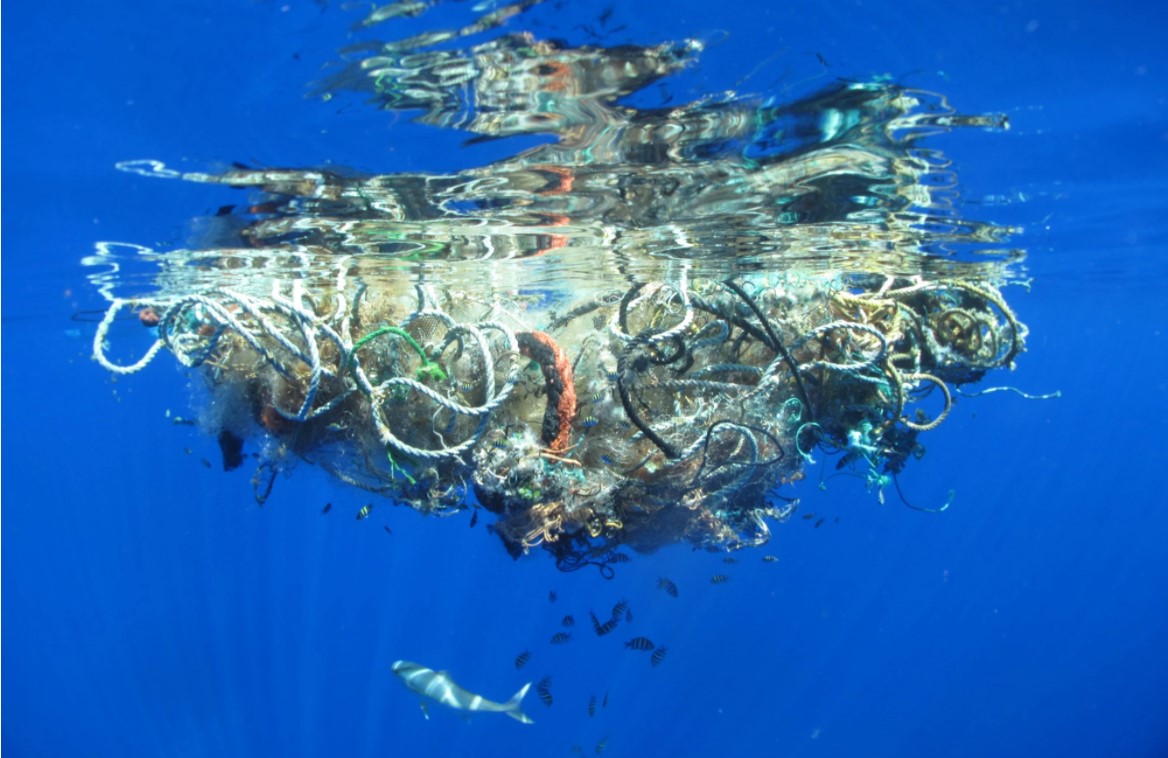
A circular economy for plastics is essential not only for curbing pollution but also for unlocking major economic, social, and climate benefits. By 2040, transitioning the plastics sector to a circular economy could:
- Reduce plastic entering the ocean by 80%
- Cut greenhouse gas emissions by 25%
- Save $200 billion annually
- Create a net increase of 700,000 jobs
To address the plastic crisis, we must build systems that preserve economic value while eliminating plastic waste and pollution. Beyond reducing unnecessary use and improving design, we can rethink how plastics are made, used, and reused—transforming both material systems and business models.
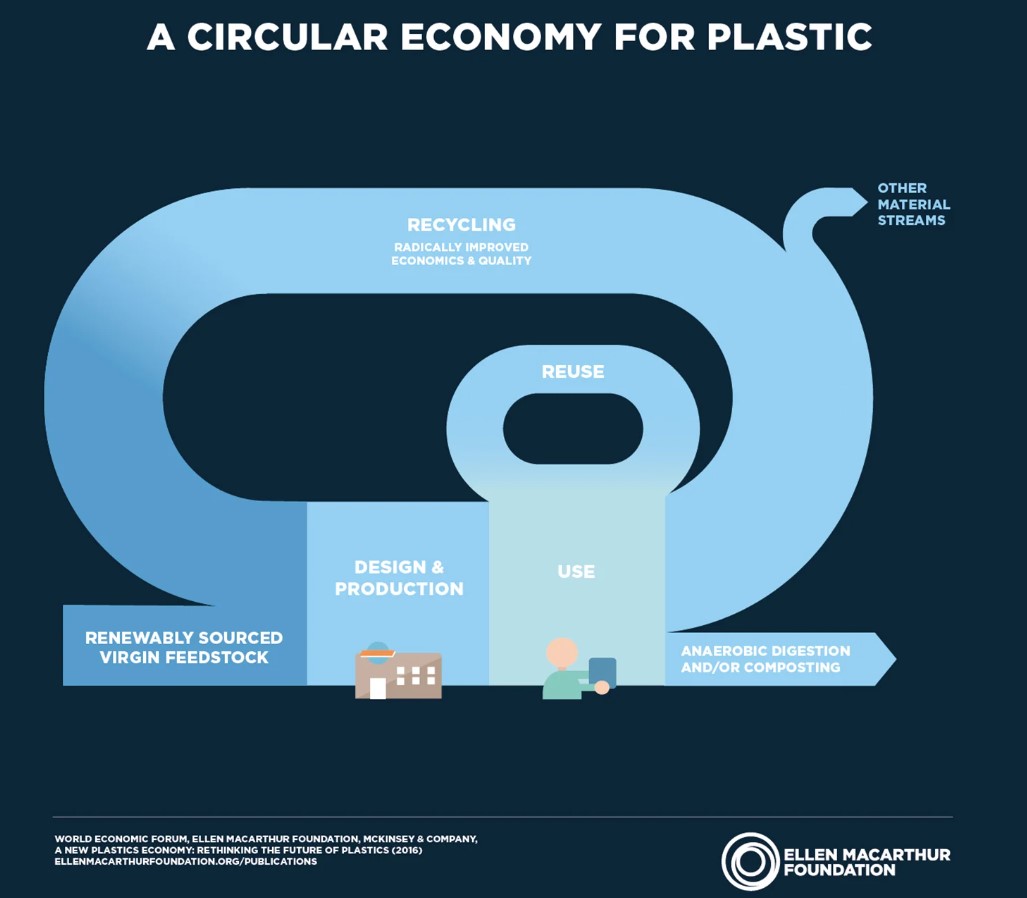
Three strategies lie at the heart of a circular economy for plastics: Eliminate, Reuse, and Material Circulation
In a truly circular plastics system, plastics never become waste or pollution. Achieving this vision requires the following:
- Elimination:Remove all non-circular and unnecessary plastic products.
Case:A nationwide digital campaign to eliminate single-use plastic water bottles - Reuse:Drive system innovation to ensure all plastics are reusable, recyclable, or compostable. It is estimated that replacing single-use packaging with reusable alternatives could generate over $10 billion in economic value globally. The following section details four business-to-consumer (B2C) reuse models.
- Material Circulation:Keep plastic materials in the economy and out of the environment. This requires the development of specialized recycling systems, including collection, sorting, and physical, chemical, or biological processing to return materials to the production cycle in a closed loop.
案例:Pioneering a Leasing Model for Multiple Products Made from Recycled Wafer Cassettes
reference:EMF / Plastics and the circular economy – deep dive
Packaging and Containers: Four B2C Reuse Models
Reusable packaging is designed to maintain its original form over multiple uses. Based on how and where refills or returns occur, four B2C reuse models for packaging and containers can be identified:
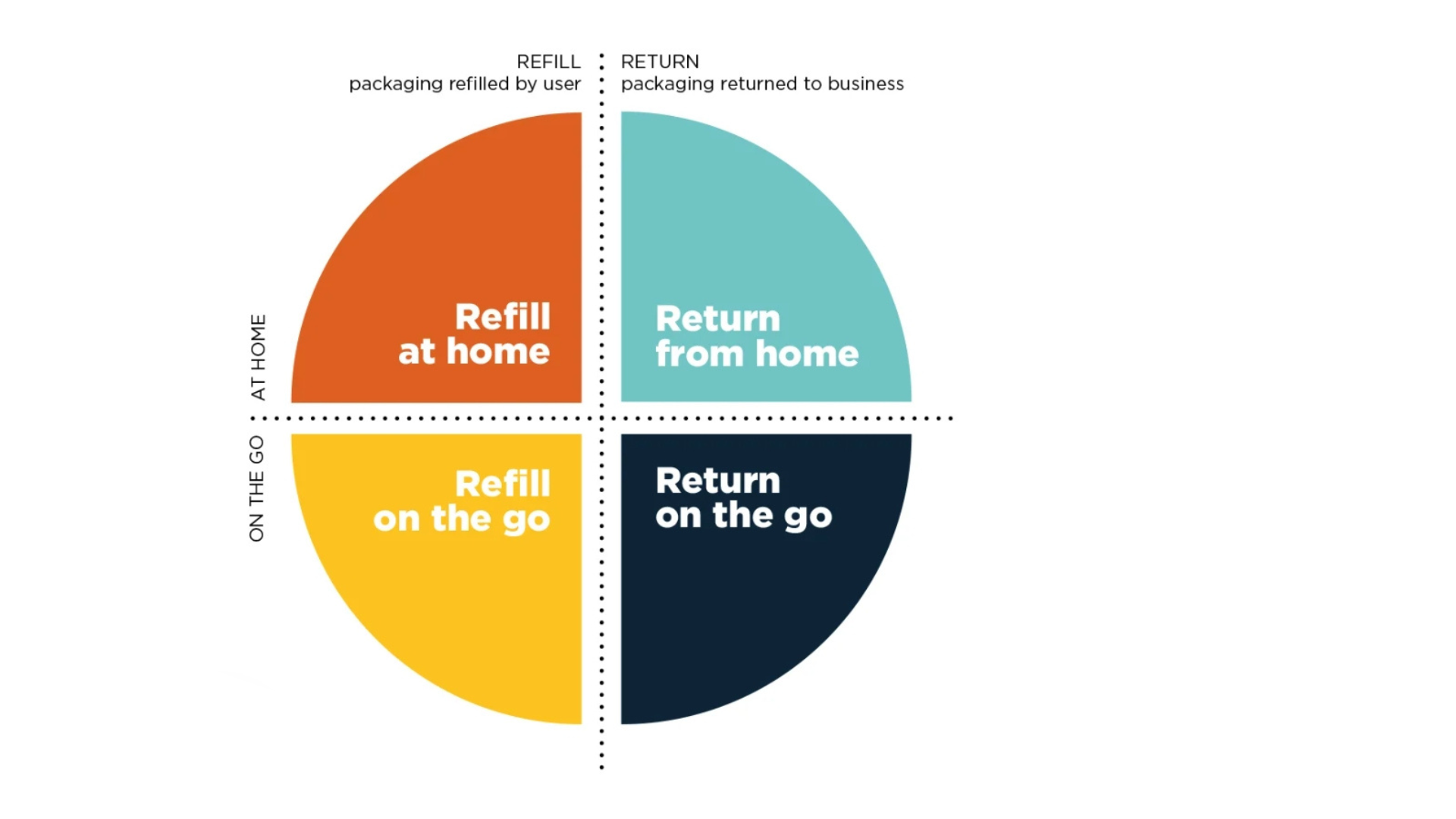
There are four reuse models for packaging and containers, based on the method of reuse—refill or return—and the usage context—at home or on the go:
- Refill at home:消Consumers refill products at home using refill packs or other formats, such as subscription services.
Case:Exploring new possibilities for recyclable packaging of natural cleaning products - Return from home: Packaging is collected directly from consumers’ homes through logistics providers or recycling services.
Case:Chia Nan Goat Milk’s home collection service - Refill on the go:Consumers refill products while out, either at stores or self-service refill stations.
Case:Environmentally Friendly No-plastic Unpackaged Laundry Detergent Automatic Replenishing Machine - Return on the go:Consumers return used packaging to a store, reverse vending machine, or drop-off box while on the go.
Case:Introducing Circular Packaging to Accelerate Waste and Carbon Emission Reduction in Online Shopping and the Technology Industries
Switching from disposables to reusables helps eliminate plastic waste and pollution, while significantly reducing GHG emissions and other externalities. Digital technologies and user preference data can enhance these reuse models, enabling personalized services, brand loyalty, improved operations, and cost savings.
In response to the global plastic pollution crisis, the UN, in collaboration with the Ellen MacArthur Foundation and UNEP, launched the New Plastics Economy Global Commitment in October 2018. This initiative outlines a shared vision, standards, and targets for a circular plastics system.
Over 400 signatories—including Unilever, Coca-Cola, Nestlé, and Carrefour—have pledged to eliminate problematic and unnecessary plastics and ensure that all plastic packaging is reusable, recyclable, or compostable by 2025.
The Ellen MacArthur Foundation publishes annual progress reports on the commitment.
The Circular Taiwan Network, the first Taiwanese signatory, has translated the full commitment into Traditional Chinese for public access.
In March 2022, at UNEA-5.2, UN member states adopted the historic Resolution 5/14: End Plastic Pollution—Towards an International Legally Binding Instrument. This resolution mandates UNEP to develop the first legally binding global agreement targeting plastic pollution, including marine litter.
《Global Plastics Treaty》is considered the most important international environmental accord since the Paris Agreement.
UNEP established the Intergovernmental Negotiating Committee (INC) to regulate the full life cycle of plastics. After the second meeting in 2023, a "Zero Draft" was released, serving as the basis for ongoing negotiations. The final text is expected by the end of 2024.
The fifth and final INC meeting is scheduled for November 25 to December 1, 2024, in Busan, South Korea. The treaty could enter into force as early as 2025.
Key agreements among the 175 participating countries include:
- Phasing out single-use plastics
- Reducing overall plastic production
- Raising standards for circular product design
- Implementing extended producer responsibility (EPR)
- Encouraging sustainable alternatives
- Recognizing informal waste sectors
- Addressing abandoned fishing gear and microplastic pollution
Plastics
In 2018, the EU adopted the European Strategy for Plastics in a Circular Economy, aiming to transform the design, production, use, and recycling of plastics to foster a sustainable, innovative plastics industry that supports job creation, reduces emissions, and decreases dependence on imported fossil fuels.
The strategy has since been updated with additional measures, including:
- Directive on Single-Use Plastics (SUPD)
- Policy frameworks for biobased, biodegradable, and compostable plastics
- Actions addressing microplastics
《Directive on single-use plastics, SUPD》
Effective July 2019, this directive targets the 10 most commonly found single-use plastic items on beaches and fishing gear. It aims to prevent the global environmental and health risks associated with SUPs.
Key measures include:
- Design rules (e.g. tethered caps on bottles to prevent littering)
- Labeling requirements to inform consumers of plastic content and disposal impacts
- EPR schemes requiring producers to manage waste and cleanup costs
- Collection targets: 90% of plastic bottles to be separately collected by 2029
- Recycled content target: 30% in PET bottles by 2030
framework on biobased, biodegradable and compostable plastics
This framework addresses the procurement, labeling, and use of biobased, biodegradable, and compostable plastics. Though these are seen as more sustainable alternatives to fossil-based plastics, their impacts must be carefully assessed. Key objectives:
- Clarify where and how these materials deliver real environmental benefits
- Guide consumer, business, and government decisions
- Prevent national policy fragmentation by promoting EU-wide standards
Packaging
To tackle increasing packaging waste, EU legislation on packaging and packaging waste addresses both design and waste management. The goal is to remove internal market barriers and ensure that 100% of packaging is recyclable.
《directive on packaging and packaging waste》
Revised Packaging and Packaging Waste Directive (April 2024)
Key measures:
- By end of 2024: All EU member states must implement producer responsibility schemes
- By 2030:
1. Bans on sachets, fruit/vegetable packaging, and hotel toiletries
2. 10% reuse targets for beverage and transport packaging
3. Mandatory consumer options for bring-your-own containers
4. 90% return rates for single-use plastic bottles via deposit-return systems
5. 10% of delivery packaging must be reusable
